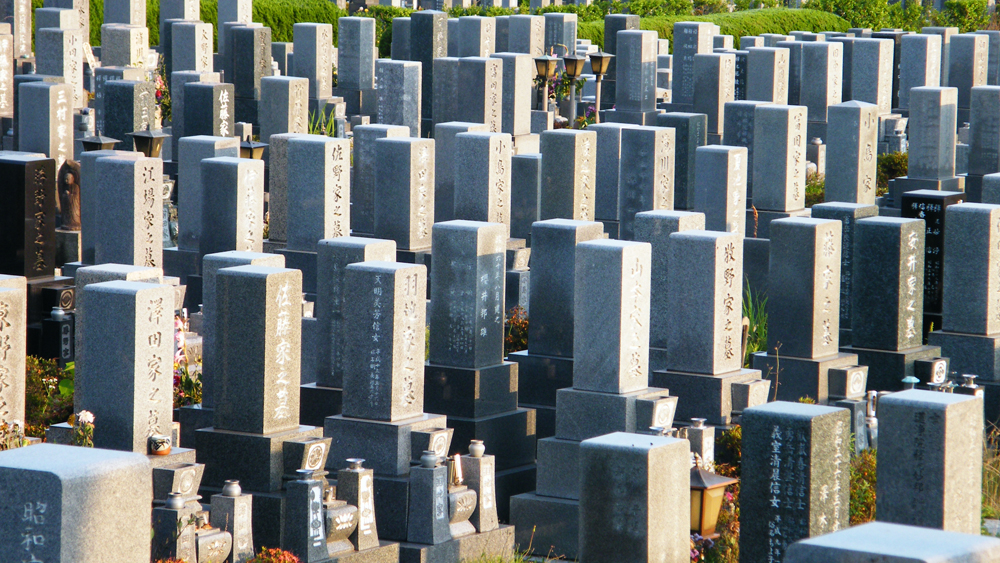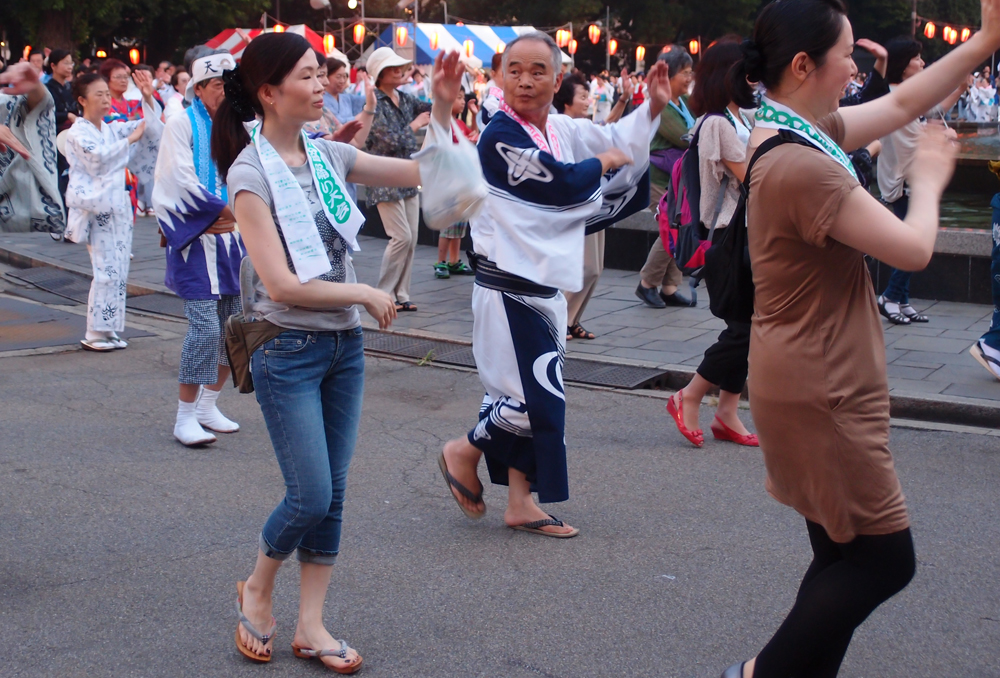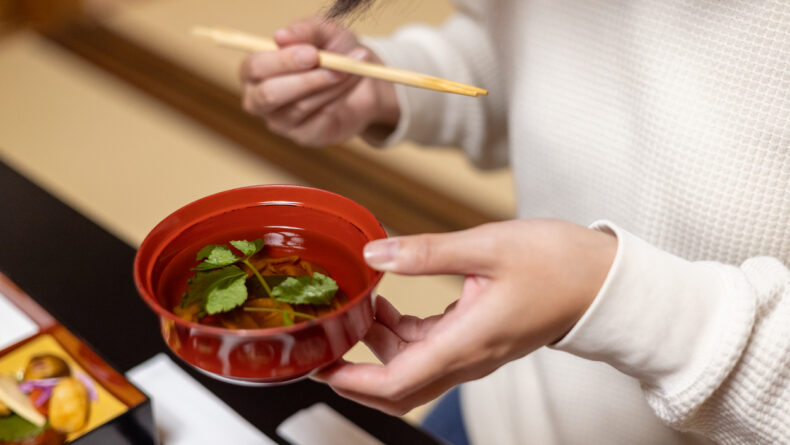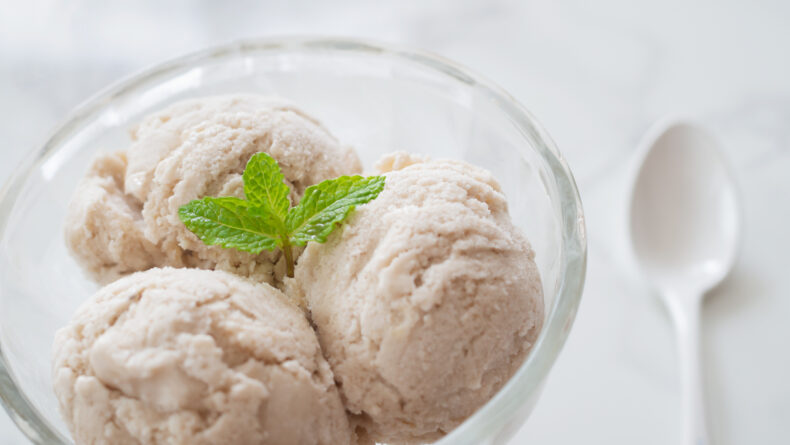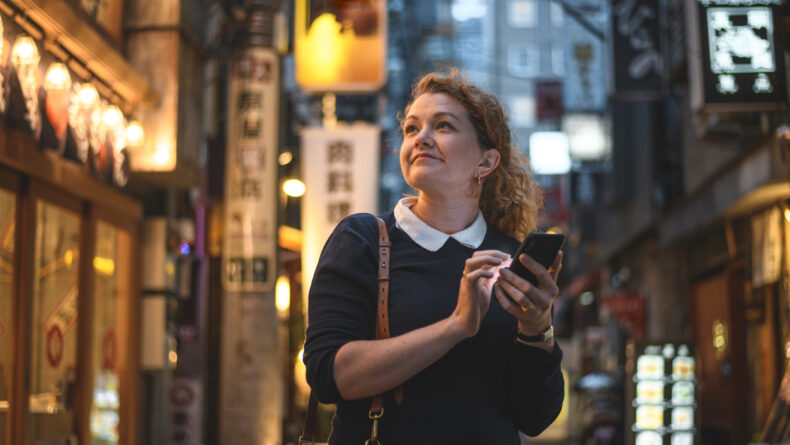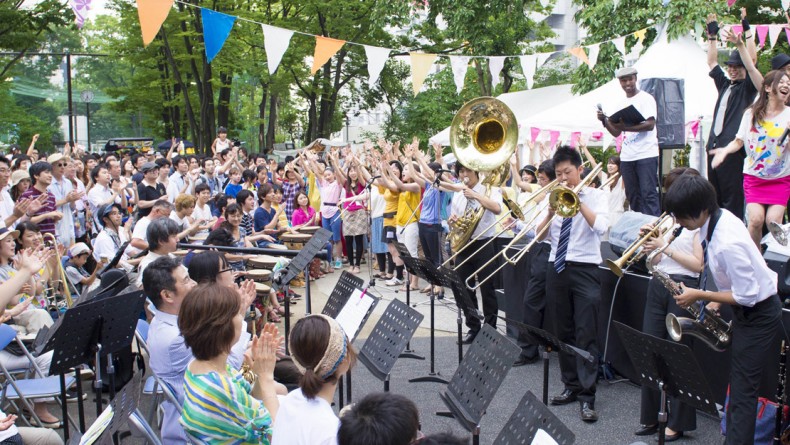Obon: Japan’s Halloween
If you’ve been in Japan for a while, you may have heard the word obon floating around during these excruciatingly hot summer months. Obon (お盆) or just bon (盆) is a Buddhist custom held in honor of one's ancestors. During obon, families prepare to receive the ones who have "gone on," typically by returning to their hometown and visiting the deceased’s grave, cleaning the tombstone and bringing fresh flowers.
Even though obon isn’t a national holiday, it’s not uncommon for the work force (who rarely take their paid holidays) to take leave during the second week of August to visit hometowns and be with family. The three days of obon depend on the area—if you live in Tokyo, Yokohama or in the Tohoku region you’ll have a Shichigatsu (July) Obon. In Shikoku, the Chugoku region and Okinawa, obon is called Kyu Bon (Old Obon). Elsewhere you celebrate Hachigatsu (August) Obon.
When I first heard of it being described as a celebration or festival, I thought to myself, surely it’s disrespectful to celebrate the death of one’s ancestors. Apparently, the Japanese are a glass-half-full type of people and rather see it as an opportunity to see loved ones again.
Obon has been celebrated in Japan for nearly 500 years, and traditionally people danced to lure the spirits of their ancestors home. This dance is called Bon Odori (盆踊り) or “bon dance.” The dance is a joyous one. You can’t help but smile when your hands are in the air, swaying from side to side, jostling with the random neighboring swayers. If I told you the story behind the bon dance, you’d mutter “uso!” (ウソ!), which literally means “lie.”
Bon Odori originates from the story of Maha Maudgalyayana (Mokuren), one of the disciples of Buddha, who used his supernatural powers to find his deceased mother. Upon finding her, he discovered that she was in the realm of the Hungry Ghosts and was suffering. Distressed, he consulted Buddha, who instructed Maha to make offerings to the many Buddhist monks on the fifteenth day of the seventh month. Maha bowed and obeyed. And upon his mother’s release, he put his arms in the air and did a victory dance, or rather, what we now know as the Bon Odori.
Bon Odori photos by Guilhem Vellut; cemetery photo by Emran Kassim.

